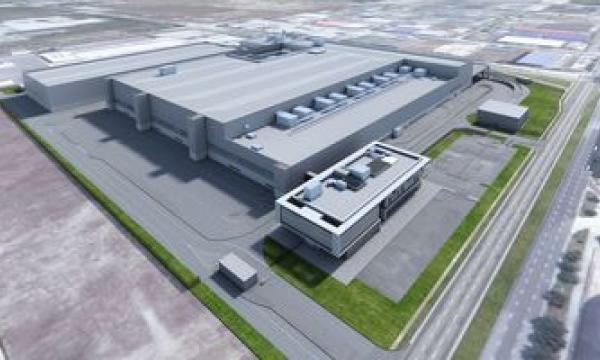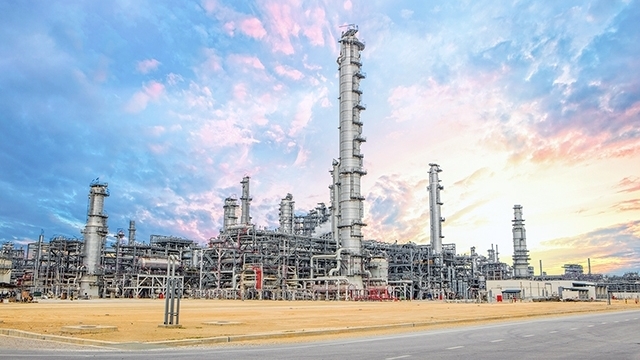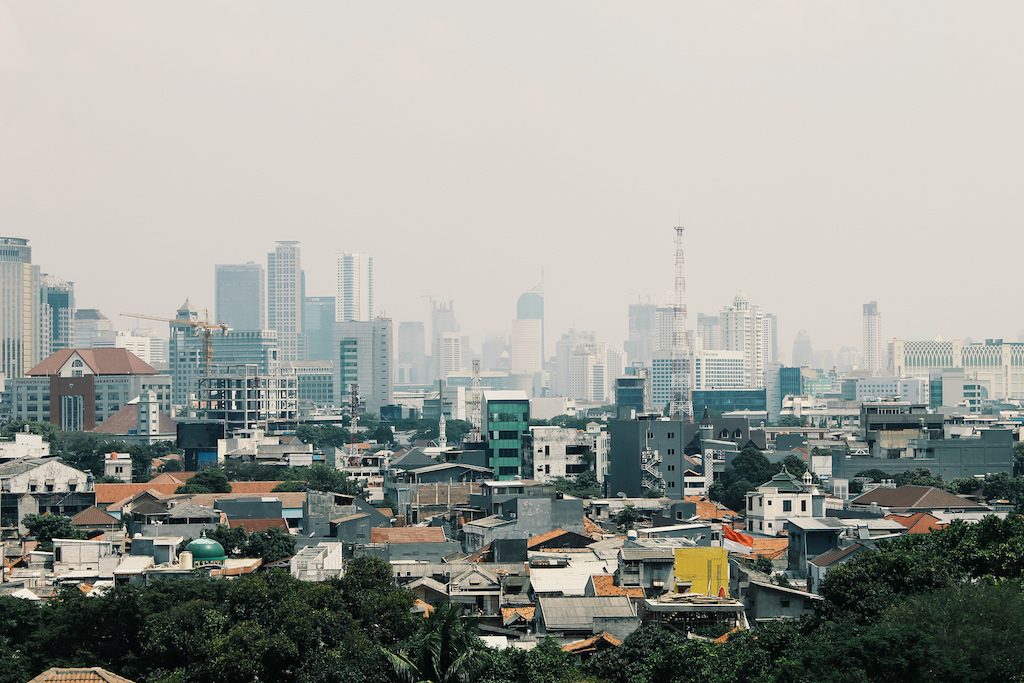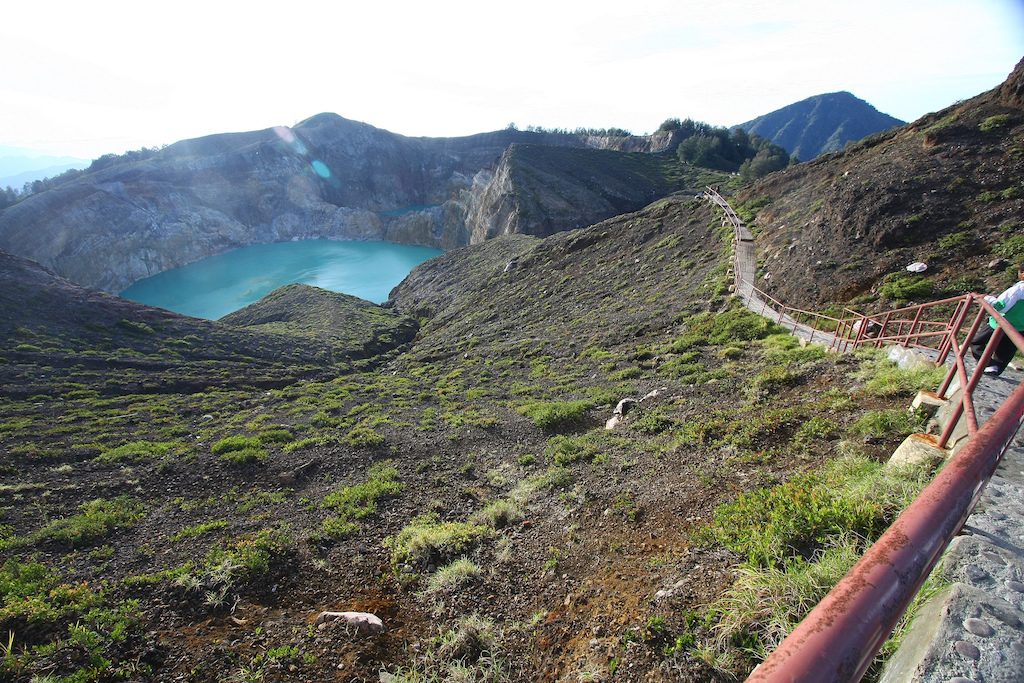- Electricity/Power Grid
–
- Singapore
The British manufacturer is aiming to roll out an EV model by 2021.
The decision by British billionaire, James Dyson, to migrate his company’s automotive manufacturing headquarters from Wiltshire, England and into tiny Singapore deals more than a blow to the weakening West as it reiterates the inexorable shift in power towards Asia.
A vocal backer of Brexit, Dyson’s move was met by dismay by Leave supporters but was largely hailed as strategic given the company’s ambitious £2b plan to expand beyond the manufacturing of hand dryers, air purifiers and vacuums and into the heated electric vehicle (EV) space.
“Over the years of selling vacuum and fans in several Asian countries, Dyson has established the network of distribution channels, both online and offline. For example, Dyson China has accumulated rich experience in O2O retailing and it can leverage this experience in selling the EV,” Xuesong Geng, associate professor of strategic management at SMU told Singapore Business Review.
Dyson also targets to double the size of its Singapore Technology Centre as the Malaysia Design Centre goes into the next phase of development in its bid to roll out an EV unit by 2021.
Also read: Automakers go electric to avoid phase-out in Singapore’s car-lite future
The pivot to Asia effectively unlocked a multitude of growth opportunities for the British tech company as Asia now accounts for over half of Dyson’s earnings with sales to China growing three-digits in past years. Dyson had a record year in 2018 after profits finally broke the £1.1b-mark for the first time from £801m in 2017. The latest figures added about US$3b to 71-year old Dyson who now holds the title as the UK’s richest man, data from Bloomberg show.
Simply put, the market potential is undeniably massive for Dyson who could take advantage of the booming middle-class population in China, India and ASEAN with money to burn, said Geng. Although Singapore does not have a car manufacturing plant after Ford shuttered its assembly plant in 1980, the Lion City has more than enough advantages to make up for this drawback.
“Both Singapore and China arguably have the strongest government support in Asia for developing green energy and smart city. For a new entrant like Dyson, therefore, the close collaboration with government is crucial for the success of its EV business,” added Geng.
The Lion City also has existing 22 free trade agreements in 2017 including in China which is the largest EV market in the world.
Beyond Singapore’s ambitions to be a leader in the EV space, the development of a wide-spanning EV complex is also tipped to enhance the capabilities of adjacent industries in Singapore including AI, energy storage, mechanical engineering and electronics, said Geng.
“This can reinforce the image that Singapore will become a knowledge and innovation hub. The spill-over effect can be even larger because more innovation-oriented international businesses or start-ups can be attracted to this region, as well as the top talent,” he said.
As Dyson is set to contend head-to-head with more established players like Tesla, it could look into forging partnerships with ride-hailing services like Grab to tap into its massive userbase. “Dyson is a new entrant to the automobile industry, it might not have big bargaining power against the traditional incumbent partners and channels. Service providers like Grab have large demand for the EV in the foreseeable future, and will become a good complement for Dyson to penetrate the market.”











